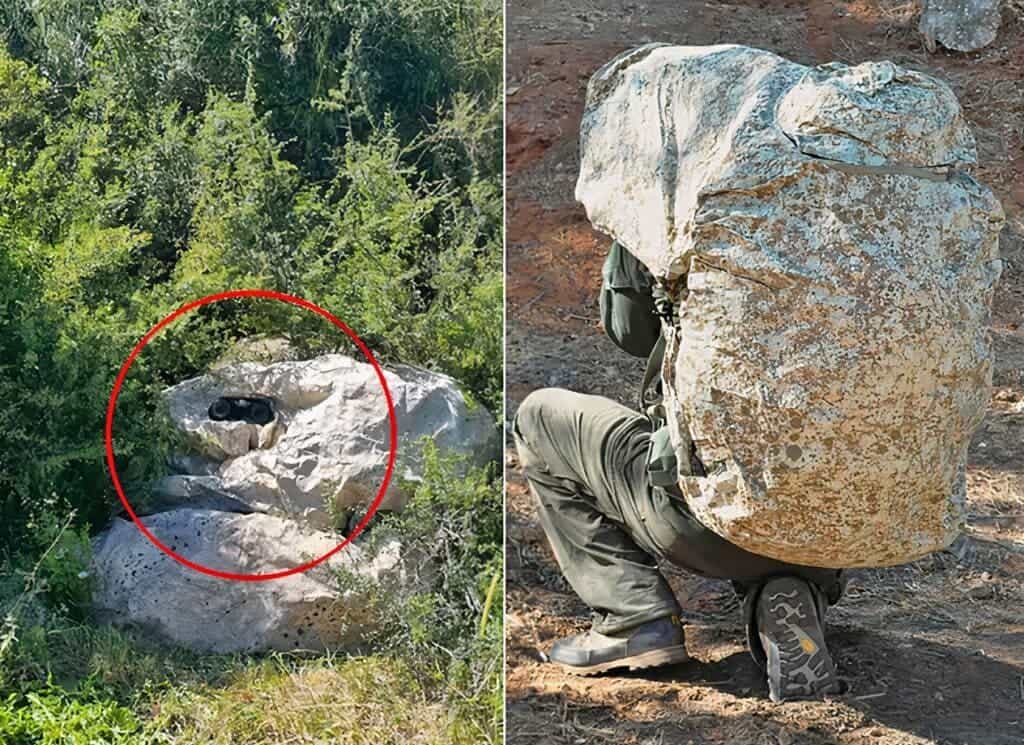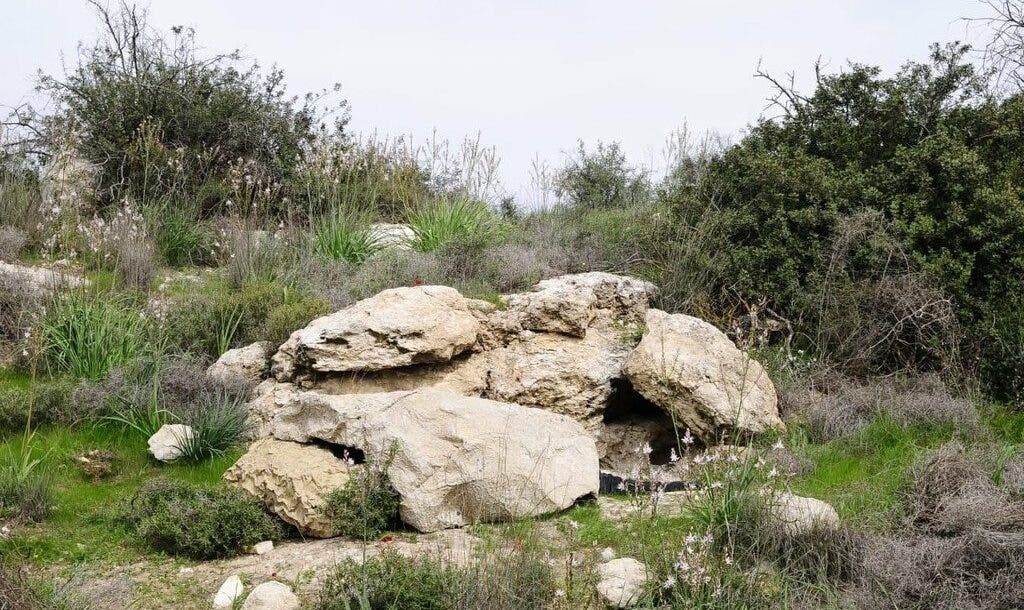
Military camouflage is the art of concealment and visual deception in war. The purpose is simple yet highly effective: it’s to hide yourself and your equipment from the enemy. People have been using camouflage since war was invented, which one might argue dates from the beginning of human civilization. But while making yourself look like a tree or some natural foliage used to work pretty nicely, in more recent times the advent of thermal cameras and drones has made camouflage increasingly challenging.
To counter scanning technology, researchers in Israel have developed the “Kit 300”, a high-tech camouflage consisting of a sheet made from thermal visual concealment (TVC) material that can make soldiers nearly undetectable.
Unlike first-generation night-vision devices, thermal imagers require no light source at all to detect soldiers, tanks, and other military assets. Instead, they simply require a detectable level of heat to function, revealing the silhouette of breathing living things that run on gas-chugging machinery. This means not even the cover of night, foliage, or even a smoke screen can conceal soldiers from thermal imaging, which is why thermal insulation is critical on the modern battlefield.
In fact, thermal imaging is so widespread that it’s readily available to terrorist organizations. For instance, in 2018, General John Nicholson, the top U.S. commander in Afghanistan at the time, accused Russia of supplying the Taliban with modern night-vision goggles. Gear like the Kit 300 could thus give NATO its nighttime edge back.

Now, thermal concealment isn’t something novel. But where this kit shines is in the fact that it is also an excellent visual concealer. The lightweight camo is made from a combination of microfibers, metals, and polymers with one side painted with patterns and colors that suit dense vegetation, while the other side is more suited for desert areas. During one test run, a soldier wrapped in the kit looks like a rock, concealed from both the human eye and thermal cameras, which is particularly useful for reconnaissance missions.
“Someone looking at them from a distance through binoculars will not see soldiers. Camouflage nets haven’t changed too much over the past 50 years. We wanted to bring a new type of material. So TVC was born,” said Gal Harari, head of the detectors and imaging technology branch of the Israeli Defense Ministry’s research and development unit.
The Kit 300 was developed by Israel’s Polaris Solutions in collaboration with the country’s Ministry of Defense and was inspired by the personal experience of co-founder Asaf Picciotto during the 2006 Second Lebanon War.
“You have to be better than the enemy and we understood that there were big gaps in the survivability part,” Picciotto recalled while speaking to The Media Line.









